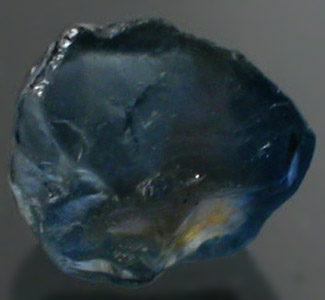
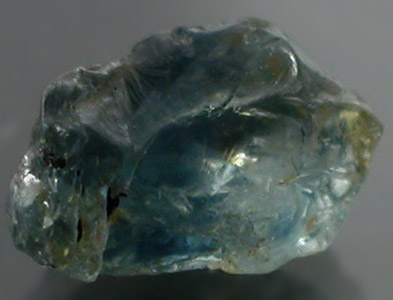

CEYLON BLUE TO CORNFLOWER BLUE



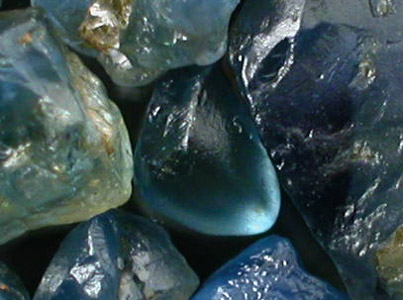

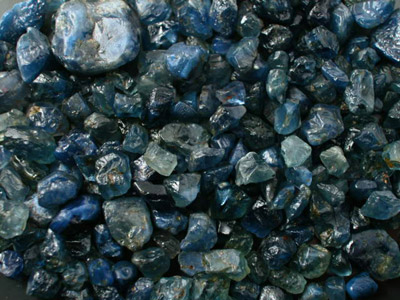
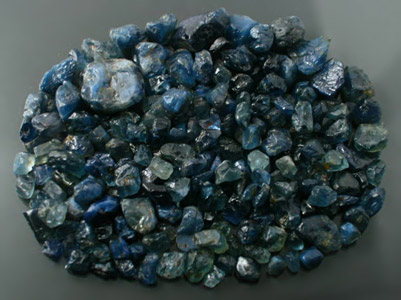
| COLOR: | Ceylon Blue, Cornflower Blue, Kashmir Blue, Royal Blue, Navy Blue, Midnight Blue, Greenish Blue, Steel Blue | |
| CLARITY: | See Description | |
| ORIGIN: | Burundi | |
| SIZE: | Stones range in size from .33 to 15.14 Carats (1.20+ Carat Average) | |
| WEIGHT: | 260.00 Carats (216 Pieces) | 52 Grams |
| PRICE: | $156.00 ($.60 Per Carat / $3.00 Per Gram) | |
| DESCRIPTION: |
Nice lot of Ceylon to Cornflower Blue Sapphire Faceting & Cabbing Rough from Burundi! We are unfortunately not 100% sure on the origin of this material; however, from what we were informed by the seller as well as several contacts on our recent trip to Tanzania, the material is being brought in from Burundi. This has lead most to conclude it is Burundian in origin; however, that may not be accurate based on our Burundian contacts. The material overall is some of the best blue material we have seen in quite some time. The lot as a whole is running roughly 15% or so mixed facet grade pre-treatment. The clarity unfortunately was at the expense of the better color; however, much of this material is heavily silked Gouda material and we are confident with the right treatment you should take out some spectacular stones from this parcel as well as a much larger percentage of facet rough. The material is very similar to rough we have seen from Ceylon in the past and was very odd to find in Africa. We didn't clean and cob the lot up and therefore there are many stones in here with inclusions, feathers and/or silk that you will need to either cob or saw out. The price we have on this is reflective of the amount of time that was invested in cleaning the lot up and we don't think there is anywhere you can get this caliber material at a better price! |
|
| COOL FACTS: |
|
|